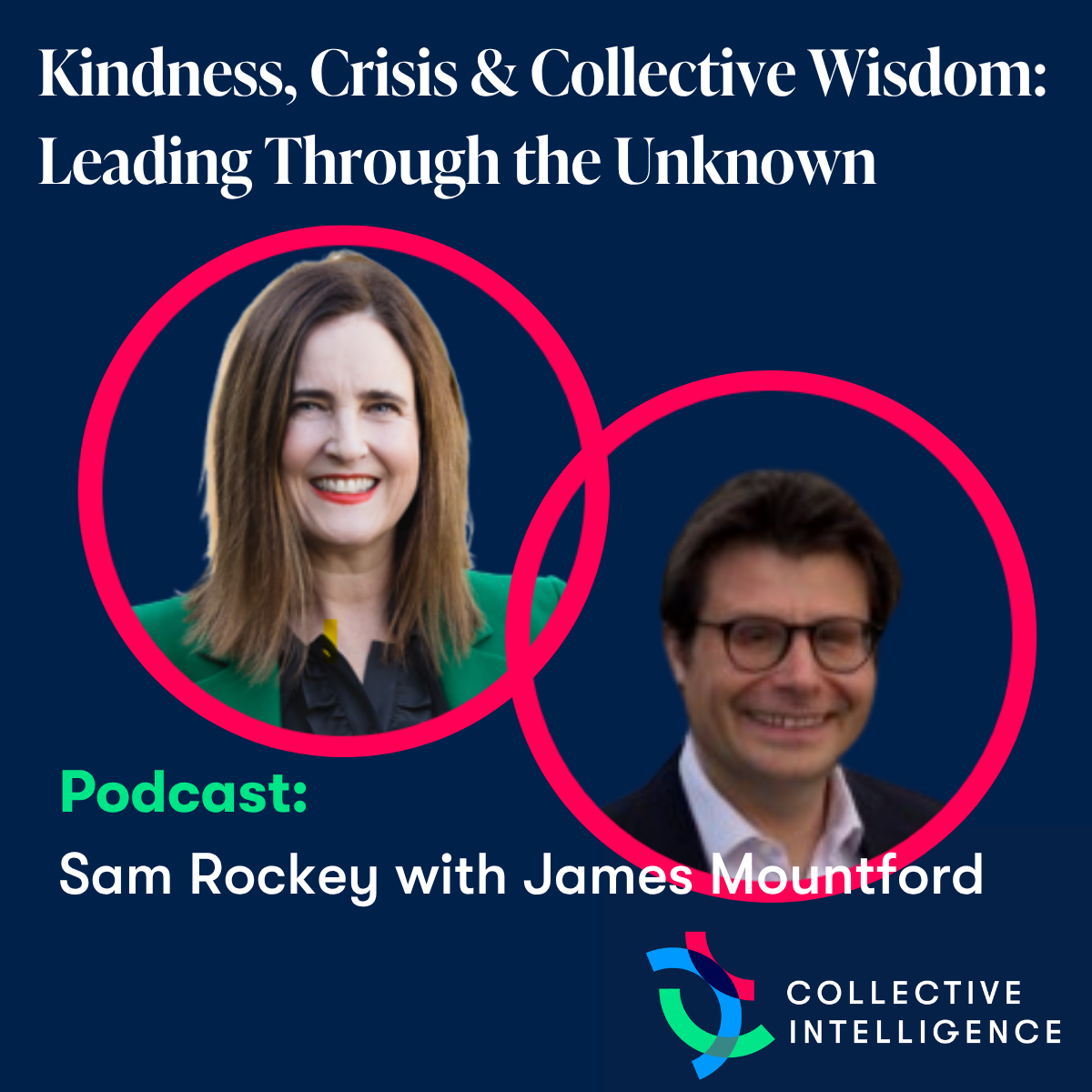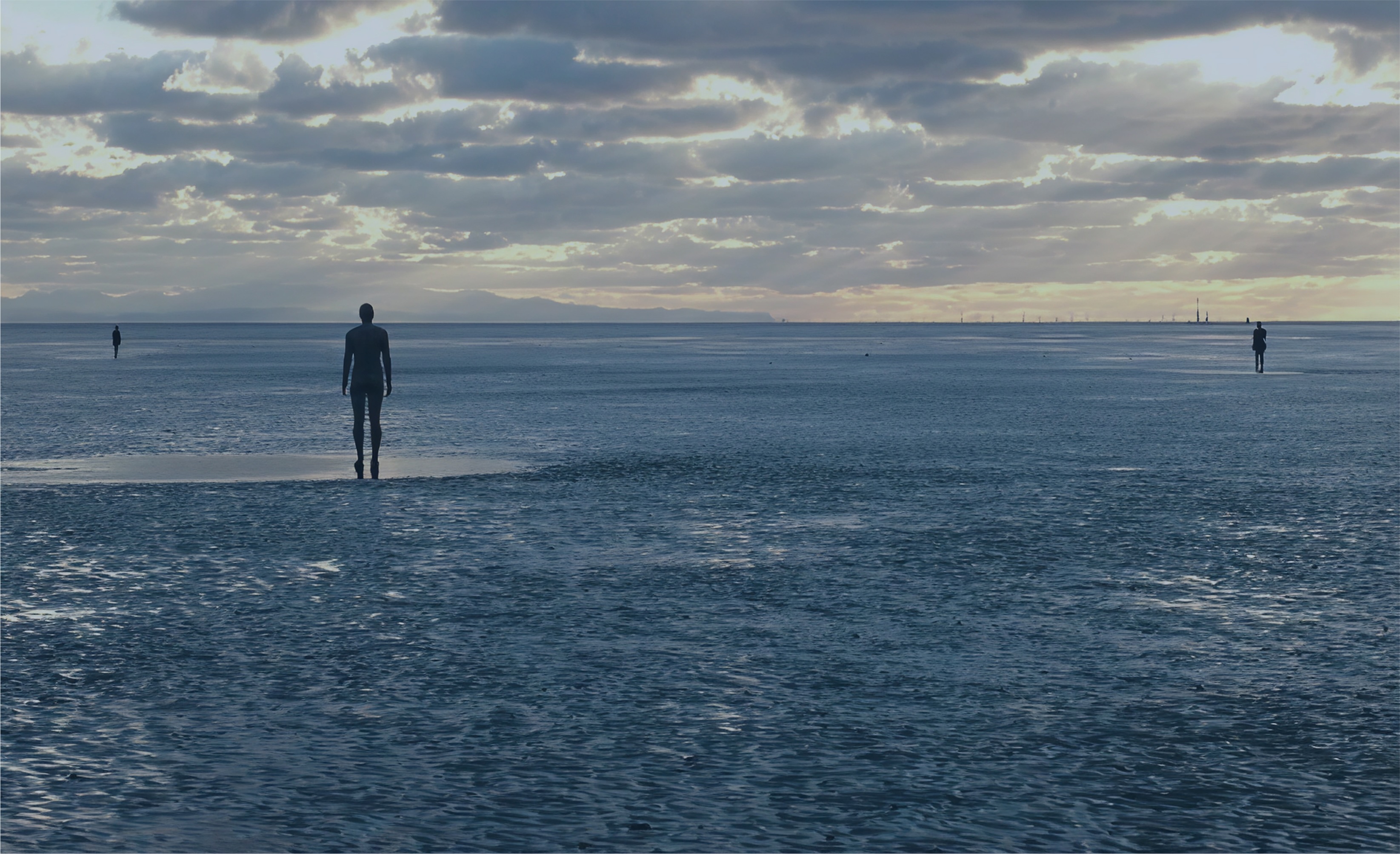
As we come back into the busy world after the pandemic, I am bombarded daily with the need to be efficient. Need exercise? Try the 7-minute body workout. Too stressed to read a book? Go for the abridged audio version. I have a dear friend who has watched the entire world of Netflix on triple speed to save time. Seduced as I am by efficiency myself I decided to combine a run with a dog-walk. I had in my mind the idea that if my dog liked a walk, she would love a run and that way I would save myself time. It seemed a perfect loop of logic. We set out enthusiastically enough and I was quick to self-congratulation. Of course as any dog walker will know – a dog loves a walk precisely for its inefficiency. A meandering smell fest is what a dog is after and at no level are they after the ‘burn’. It became a battle of wills until, exhaustedly, I gave up.
Margaret Heffernan - recently talking on one of the Leadership Development Programmes I was working on – describes this kind of efficiency as ‘magical thinking’. “We’ve all sat in planning meetings and shaved off costs here while tightening schedules there. We think we’re keeping everything efficient and under control… But that’s because we ignore the drawbacks. We ignore the inefficiencies.”
Lean, spare, double-speed efficiency works well when we operate in complicated systems. When there is complexity, however, it’s another matter. Complexity exposes businesses to unpredictable, hard to measure factors. It is one of the workplace’s ironies that the most efficient sounding activities can in fact be deeply inefficient. Take the planning meetings that Margaret references. Planning meetings are designed to feel efficient (minutes; an agenda; outcomes; to do lists; dashboards; performance indicators; GANTT charts) but most plans run way over time and budget. This planning fallacy (the over-optimism re how quickly a project or plan can be delivered ) stymies teams in all contexts. Think of any recent home renovation project you may have undertaken. This over optimism is of course rooted in assuming linearity of process, a human-free, context-blind endeavour.
Counter intuitively the way to become efficient is to focus on those activities that have always been seen as inefficient:
1. Having friends at work:
Productive, happy, engaged employees bring in ideas and challenges from the edge of the system. We write a lot about friendship at work in our book ‘The Social Brain’ and all evidence points to the fact that having a friend at work is a fast track to discretionary effort and performance, not to mention longer term happiness. Friendships at work need to be nurtured and friendships need the space to grow and develop. The pay offs in the long run are huge. We are strong advocates of workplace opportunities to eat together and to connect over playful activities. It may feel inefficient and often these are the first things to get cut – but our research suggest the opposite. Strong bonds of trust and friendship generate discretionary effort.
2. Taking the Time to Learn
Spending time thinking and practising new ways of working together in a learning environment has multiple benefits. While we appreciate short, sharp learning interventions (our podcasts are a testament to our love of brevity!) we also know that for real transformation to take place - three days together is the magic number. It is in these three days that incidental learning can happen, defences drop, connections get made and ideas have time to germinate into action - the benefit of which will long outlive the perceived efficiency of micro learning.
3. Match Group Size to Task
To ensure that every voice is heard and given enough airtime in a conversation, a group sizes of around 5 is the optimum. In a group of five no leader or facilitator is needed and hierarchy is distributed. It may feel inefficient and time wasting to convene such small groups but if you are really committed to exploring issues that are complex and need action – this size works best.
Our upcoming book ‘The Social Brain’ explores the psychology behind effective groups and why what we think works at work – may not.
We have also increasingly focused on longer term learning immersions and programmes – please reach out to our team at info@Thompsonharrison.com for more information on how we design and deliver 3 day leadership workshops.












































.png)









.png)





















.png)






.jpg)




















